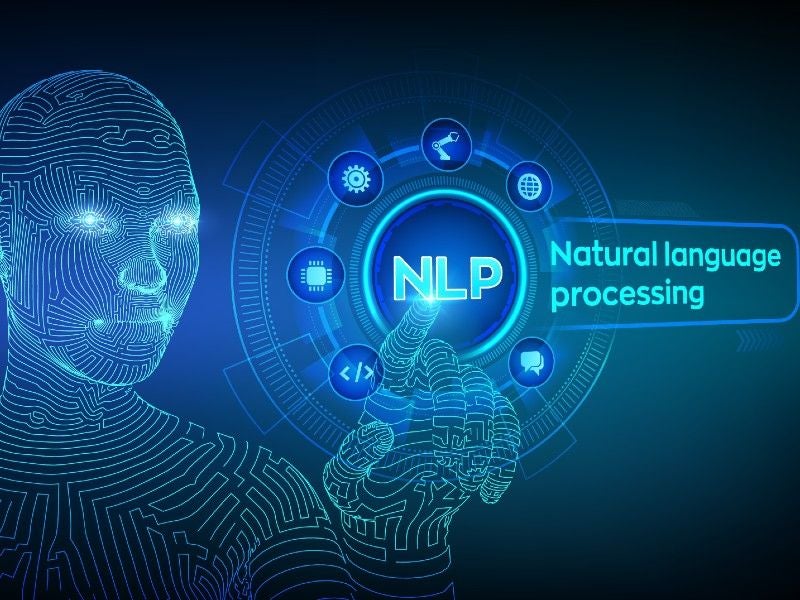Natural language processing is a branch of artificial intelligence that gives computers the ability to understand text and spoken words. To do this, NLP must be able to parse words and phrases to equivocate the grammatical structure of sentences and the meaning of words so they can be understood in context. In the world of unstructured data, NLP does what other unstructured data processing does: It attempts to impose both structure and meaning on an unstructured data flow.
SEE: Hiring Kit: Database engineer (TechRepublic Premium)
“Chief data officers and the lines of business they support can leverage language-based data in many ways,” said Marco Varone, founder and chief technology expert at expert.ai. “Text analytics is the identification of key people, places and entities within a text to establish context. Knowledge discovery is the process of extracting key information from text to better organize and classify data. Intelligent document processing automatically transforms unstructured data into actionable insight to accelerate business processes and workflows.”
One of the most successful examples of NLP is the legal discovery process. In legal discovery, attorneys must pore through hundreds and even thousands of documents to identify significant facts, dates and entities that are useful for building their cases. This is a task that was formerly done by hand, and that could take many months for major litigations, but that can now be done rapidly with automated AI and NLP.
Other common applications of NLP include contract text analysis, Know Your Customer sentiment analysis, text-based NLP to identify environmental, social and governance compliance—and any other business case that presents a need to analyze and mine language data in spoken or written form.
Since language underlies virtually every business process, the possibilities for technologies like NLP seem limitless, yet organizations tend to underutilize it. Why is this?
“The main reason is the complexity of unstructured language data compared to structured data” Varone said. “Unstructured language data takes time to process and, because of its nuance, takes expertise to understand. Companies want a quicker and clearer path to value, and structured data offers that. Thus, companies look first to the low-hanging fruit (traditional big data) before moving on to more complex problems that require bigger investments and long-term approaches.”
What makes NLP complicated for companies to implement is its need to interpret human language and then somehow translate the complexity of human communications into a binary language that computers can understand. This isn’t a straightforward process.
SEE: Microsoft Power Platform: What you need to know about it (free PDF) (TechRepublic)
Even if you design an NLP system that can execute a carefully crafted business use case, the NLP must be continuously tuned and refined to improve performance. It must also use self-educating technology like embedded machine learning that detects repetitive communications patterns in language sequences and then incorporates what it has detected and “learned” into the overall NLP to process language more effectively.
There are a good number of NLP tools available to address every step of a typical NLP workflow, but most of them (including open-source tools) cannot be used by end users because they are too complex, too specific and they require deep experience to reach minimal results.
“Creating a production-ready NLP solution with these tools is a long, frustrating journey that is not easy to replicate,” Varone said. “But the good news is that a new generation of tools now makes it possible for end users to implement end-to-end solutions with the same level of expertise as a trained end user.”
These tools automate much of the reading, understanding and extraction of meaningful language data and come in pre-built packages that are customized for specific industry verticals such as insurance, finance, aerospace/defense, legal, etc.
To get started, companies should first define the specific business use cases that they want to apply NLP to. If company experience with NLP is limited (and in most cases it will be), it’s wise to work alongside an outside NLP consultant-expert while you develop your own skills.
Finally, a dedicated NLP team should be assigned within the company that exclusively works with NLP and develops its own NLP expertise so it can ultimately create and support NLP applications on its own.
“The amount of value hidden in unstructured, textual information is so large that every enterprise needs to define a strategy to transform language into data in a coherent and scalable way,” Varone said. “It is not simple, and it takes time, effort and investment to achieve, but it is no longer possible to postpone this decision as the risk of being left behind in the digital world is becoming bigger every day.”
